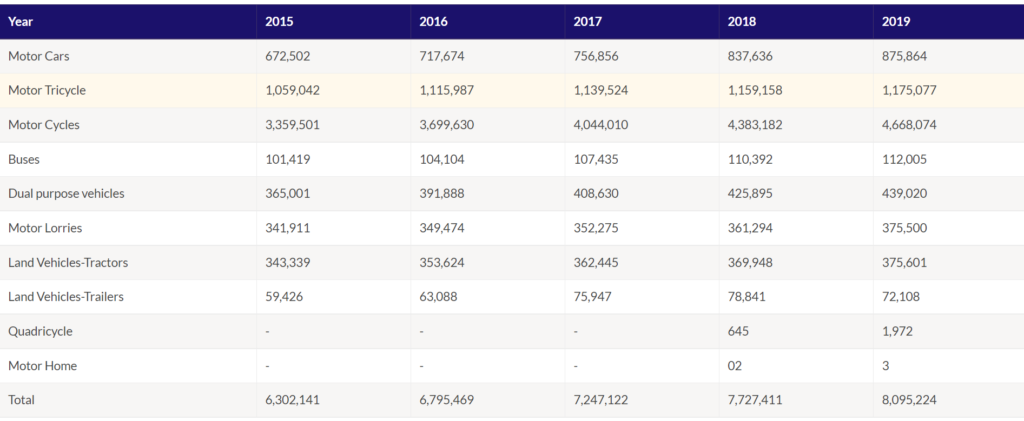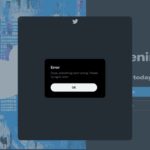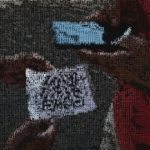In an effort to mitigate the fuel crisis at some level, the Ministry of Power and Energy, and the ICTA introduced a QR-based fuel pass system. This system was introduced to allocate fuel for users effectively. Minister Kanchana Wijesekara recently tweeted that registrations for the system had crossed 2 million 3 million. That’s roughly about 25%37% of the vehicle population in the country (8.095 million as of 2019). Not a bad rate considering the system opened up only a few days ago.
This is the second system that’s currently being proposed by ICTA for Sri Lanka’s fuel crisis. As many have noticed, the system wasn’t without its fair share of issues. In classic ICTA style, the website faced a number of technical problems ranging from high-traffic bottlenecks to non-functioning OTP codes. The website didn’t even have its SSL certificate set up properly when it launched. Thankfully, many of these issues appeared to have been ironed out following the initial hiccup. More users have reported successful registrations and as per the ministry’s stats, the numbers have certainly picked up the pace.

But just in case you still haven’t given the fuel pass registration a try yet, here’s what you need to do:
- Go to fuelpass.gov.lk and select “Register”
- Add NIC and mobile number (needs to be verified via OTP)
- Enter your name and residential address
- Fill out your vehicle details which include vehicle number as well as chassis number
- Once confirmed, you should get a QR code along with your allocated fuel quota
After you get the QR code, it’s just a matter of presenting the code at the fuel station on your allocated day for fueling, be it on your phone or a printed copy. At least that’s the idea on paper.
While the system is primarily built to serve on an individual basis, it’s scheduled to be upgraded to offer businesses to register multiple vehicles via the business registration number in the coming days.
What about the fuel pass QR code?
Of course, the registration is only a part of it. The other half of the system is allocating a quota for each user and actually using the QR codes generated. Wijesekara states that the QR system will be tested in multiple locations in Colombo prior to launching it islandwide on 25 July. Further, as part of the fuel pass initiative, Wijesekara also mentions that the Ministry of Youth together with the Namal Rajapaksa-affiliated National Youth Corps will be volunteering to assist users with registrations and implementation at fuel stations in rural areas.
Regardless, a pilot run would prove essential to ensure the actual process runs smoothly by the time it does launch for use at fuel stations. The last thing you would want is to turn every user in the country into a QA tester because of “kinks.” Time will tell how effective the fuel pass system will be, provided adequate fuel shipments do arrive. At the time of writing, the ministry has stated that there are three diesel cargos and one petrol cargo being prepped up for distribution.
Update 20/07/2022: Total number of registrations has reached 3 million now. Article has been updated accordingly







GIPHY App Key not set. Please check settings